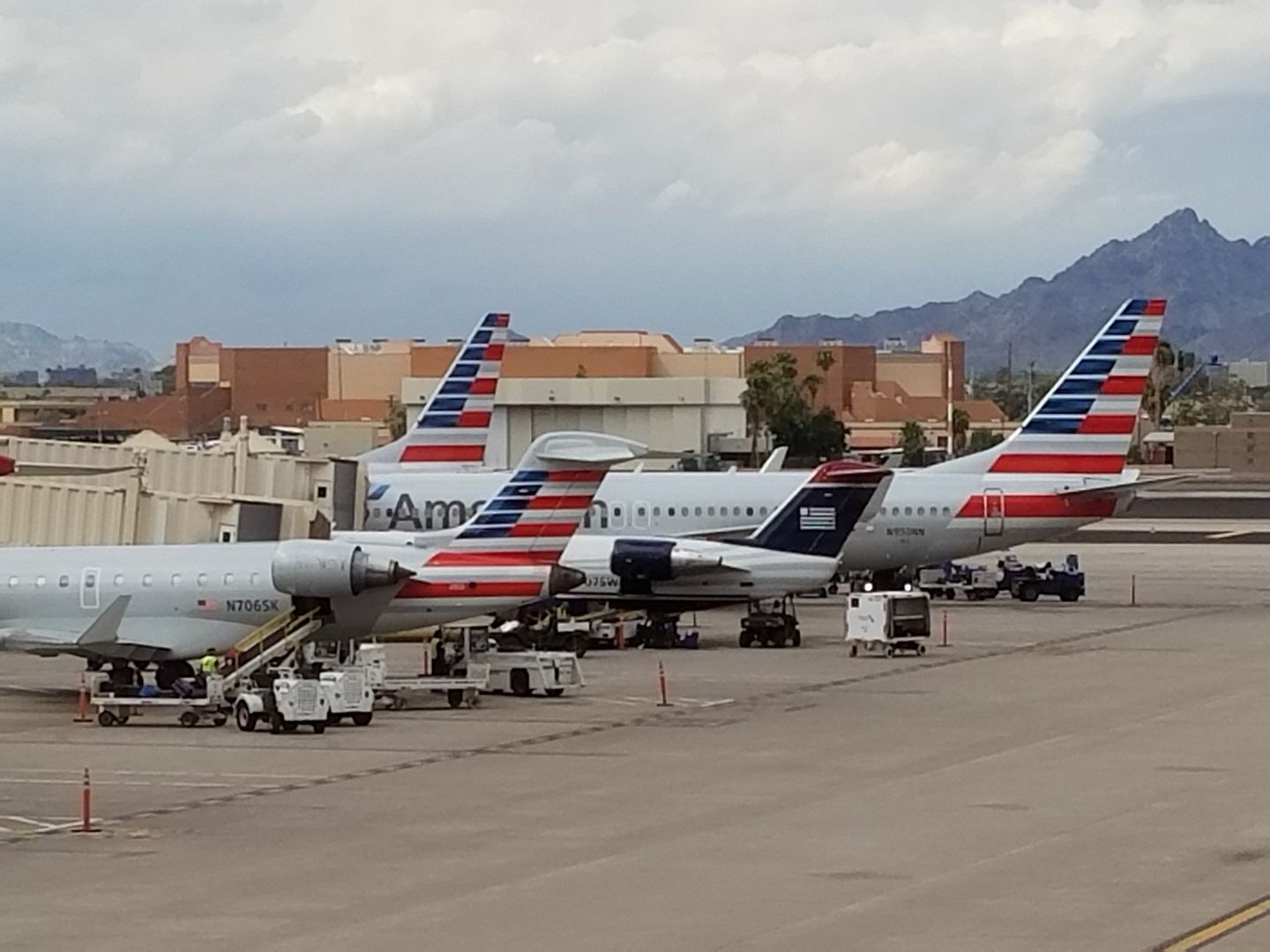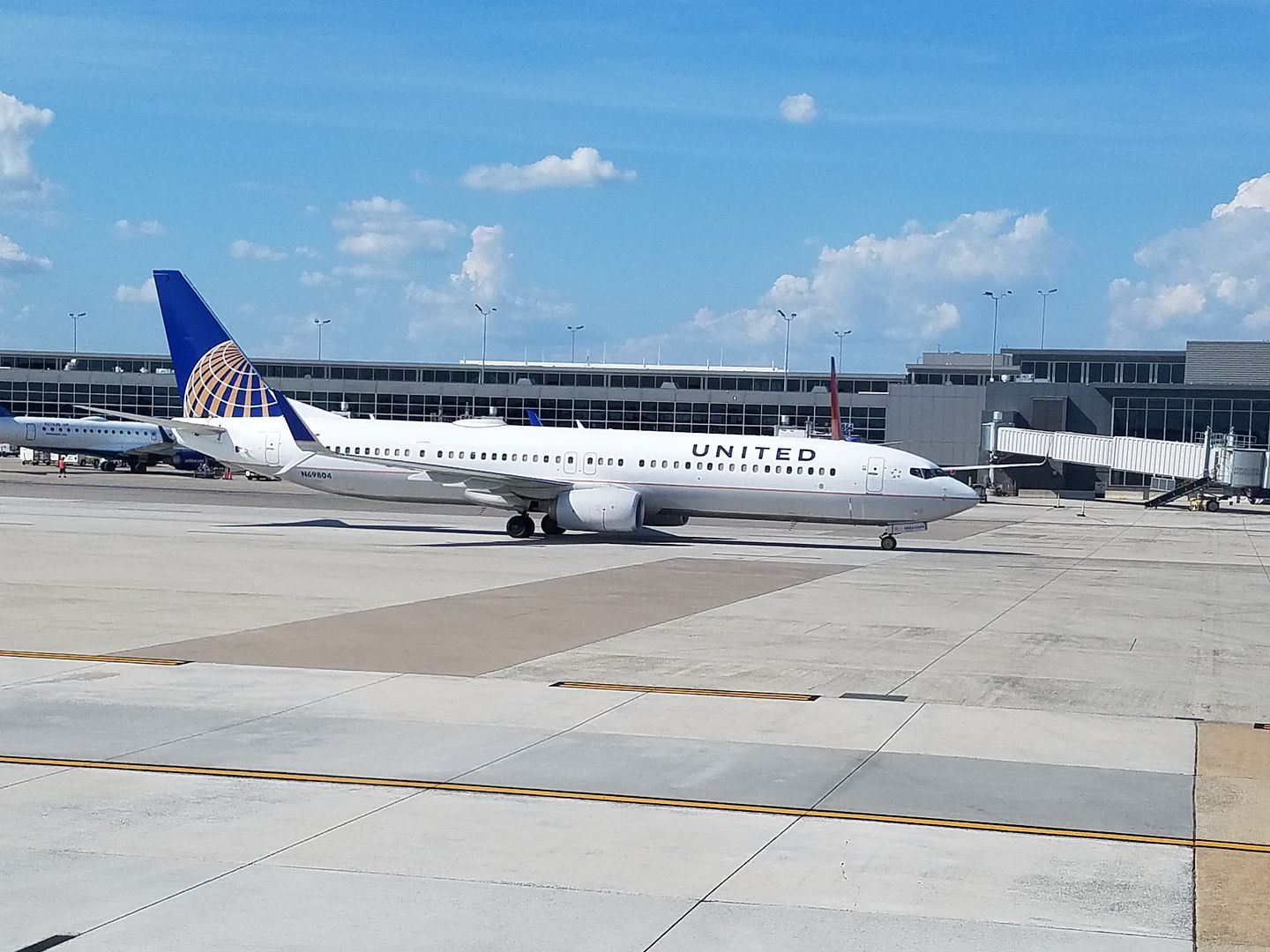In traditional airline economics, a major airline makes money by locating its hub in a major city with significant business travel.
Ideally owning that hub, business customers will pay a premium for non-stop flights and there will be limited competition for those non-stops.
The airline builds its schedule around meeting the needs of those business customers, and then fills empty seats at a discount with leisure passengers. They prevent business customers from buying those cheap leisure fares by placing restrictions on purchase — advance purchase requirement of 14 days, a Saturday night stay for instance.
If you owned a hub you made money with non-stop traffic from that hub, and connecting passengers were filler. The greater percentage of business travelers starting and ending their destinations in your headquarters the better. If local economic conditions changed, the airline’s fortunes did too. Arguably St. Louis was the biggest problem faced by TWA in the early 1990s.
When Scott Kirby was President of American Airlines, he talked about how the old model has been blown up by ultra low cost carriers.

It used to be that airlines would forecast demand for full fare tickets and they would forecast demand for leisure tickets, and those were treated as distinct – but in a world where there are discount fares with no advance purchase requirements that simply isn’t true anymore. People only buy more expensive tickets when less expensive tickets aren’t available.
In the past they segmented customers based on fare rules. Now they’re moving to segmenting customers based on the product those customers want to buy.
At United’s Investor Day last year now United President Kirby argued that connecting traffic is more profitable than non-stop traffic. That’s a surprising claim.

United is rebanking its hubs, which is costly and operationally more difficult, but makes schedules look more appealing (more connecting options and shorter connections) hoping for instance to increase connecting traffic through Newark from 35% to 45% making it ‘more like Philadelphia’ at American.
United says Denver is its most profitable hub because of:
- Low airport costs
- High connecting traffic.
Traditional high yield business routes have become less profitable because those get cherry picked by ultra low cost carriers, and they’re setting the (new low) prices.

Connecting traffic used to be less profitable because it was competitive — Delta, United, or American could take you from one small city through a hub to another small city.
Now connecting traffic is often more profitable because they only have to compete with the major airlines. Ultra low cost carriers have historically offered only limited connecting opportunities.
Connections add cost, but Frontier is experimenting with it, it’s not certain that connecting flights will always mean less competition than non-stops.
However more connecting traffic also means being able to schedule larger planes on a route. Filling a larger plane means lower seat costs. (In contrast it’s less expensive in total to fly a regional jet than it is to fly a widebody but the cost per seat is much higher.) So better connections allow an airline to upgauge aircraft, improving overall economics.
Continue reading Why Airlines Now Like Connecting Passengers More Than Non-Stop…
